Search
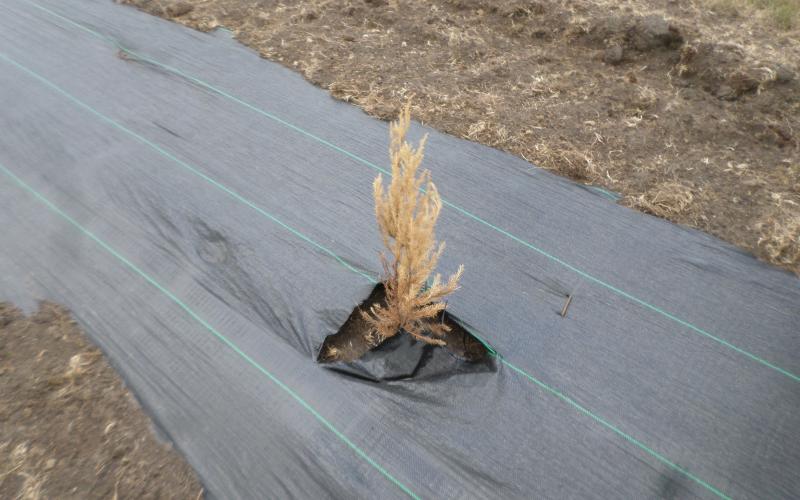
Herbicide Carryover and Planting Bare-Root Tree Seedling in New Windbreaks
Guidelines on herbicide carryover when planting bare-root tree seedlings in new windbreaks
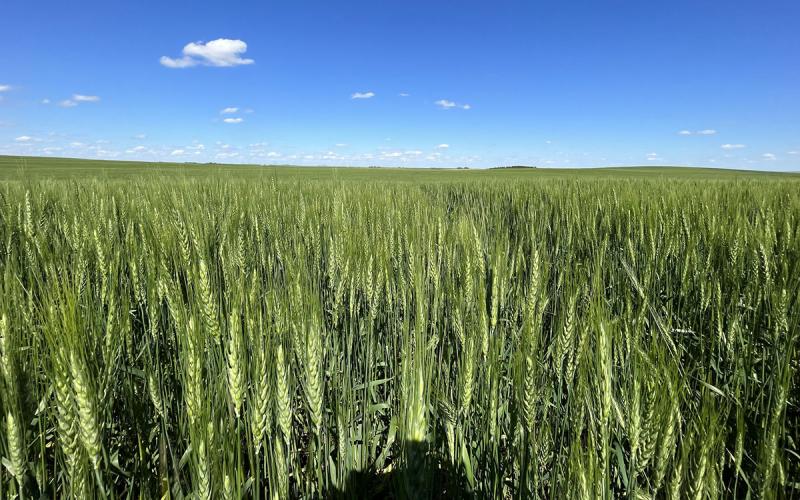
Optimizing Wheat Success for 2025
With spring and warmer temperatures arriving in South Dakota, now is the ideal time to start planning your wheat crop for the upcoming growing season.

Early Preplant or Preemergence Applications for Weed Management in Corn: Which is better?
Preemergence herbicides should be a part of a successful weed management plan, as these applications limit the amount of early-season weed interference to limit yield loss and reduce selection pressure on herbicide-resistant weeds.

Watch Temperature Forecast Before a Burndown Herbicide Application
As planting season approaches, no-till fields will likely need a burndown herbicide application to manage the established winter annual and early emerging summer annual weeds.
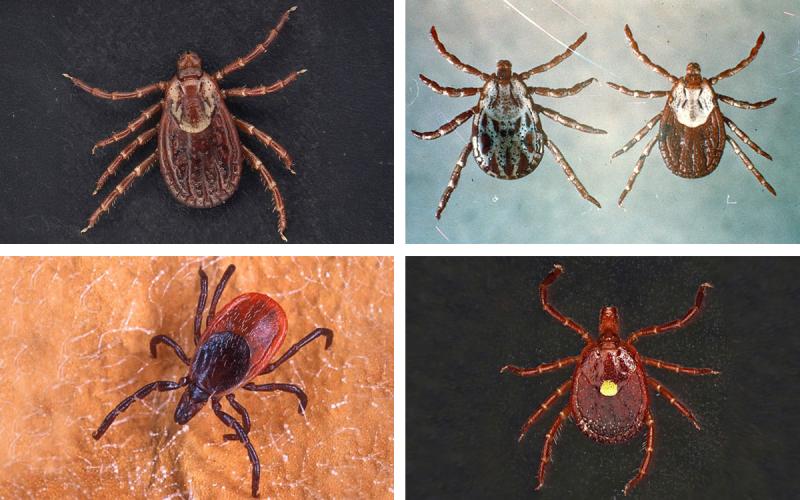
Spring is here, and so are the ticks!
As spring continues to bloom, more arthropods will begin to emerge from winter dormancy. Ticks are among the first to appear, and statewide reports have already been flowing in.
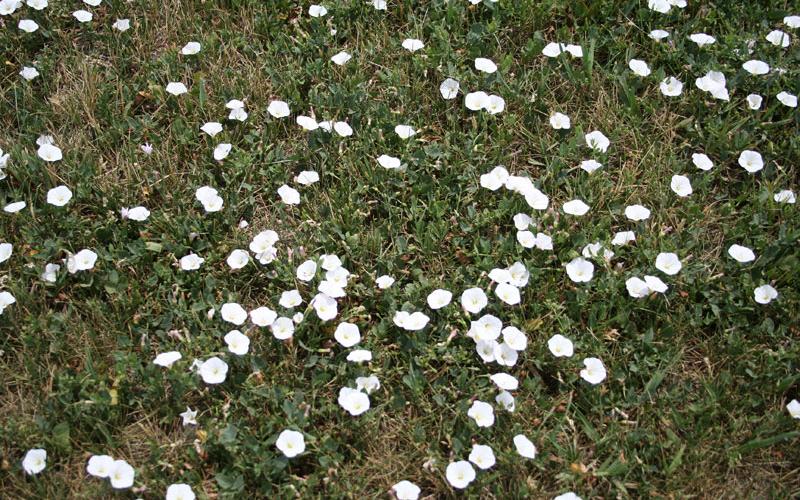
Lawn Weed Control
Cultural weed control practices must be included in weed management programs to optimize control and inhibit re-infestation. A healthy, dense turf cover is the best overall defense against weed invasion. Some common cultural weed control practices include planting the most adapted turfgrass species for your environment (i.e. shade, full sun, or hot, dry conditions), maintaining a mowing height of 2.5–3.5 inches, watering deeply but less frequently, and proper soil maintenance including fertilization and core aerification.

Noxious Weeds Have Germinated in East River South Dakota
Seasonal conditions have been favorable for weed germination, including biennial thistle, Canada thistle, and absinth wormwood. Learn some tips for scouting, identifying, and managing these noxious weeds before they become a problem.
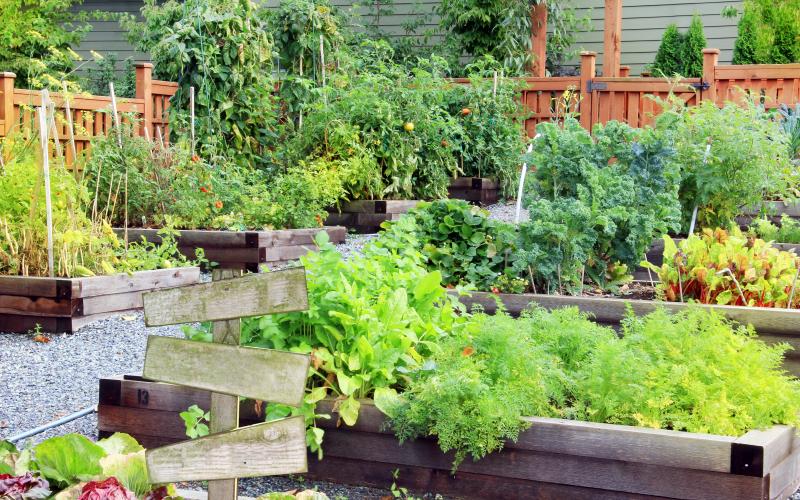
Fire Blight
Fire blight is a disease that can infect apples, pears, and certain ornamental species including crabapples, cotoneaster, and mountain ash. Occasionally it may also appear on cherries, plums, Juneberry (also called Serviceberry or Saskatoon), and raspberry. This disease, caused by the bacteria Erwinia amylovora, can damage blossoms, fruit, leaves, shoots, and branches. If it is not controlled, fire blight may kill the entire tree or shrub. Infected tissue cannot be cured, but will need to be removed from the tree to prevent further spread.

Broccolini Performance in Three Established Clover Living Mulches in Eastern South Dakota: Year Two Results
Research report determining the impact of three established clover species on weed suppression, crop growth, and broccolini yield in year two.

Common Mullein and Houndstongue Have Germinated in the Black Hills and Surrounding Areas West River
Two biennial species, common mullein and houndstongue, have germinated and begun to grow in the Black Hills. Now is the time to scout and determine where areas need attention to manage these species and other weeds.